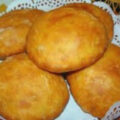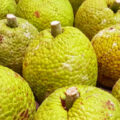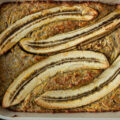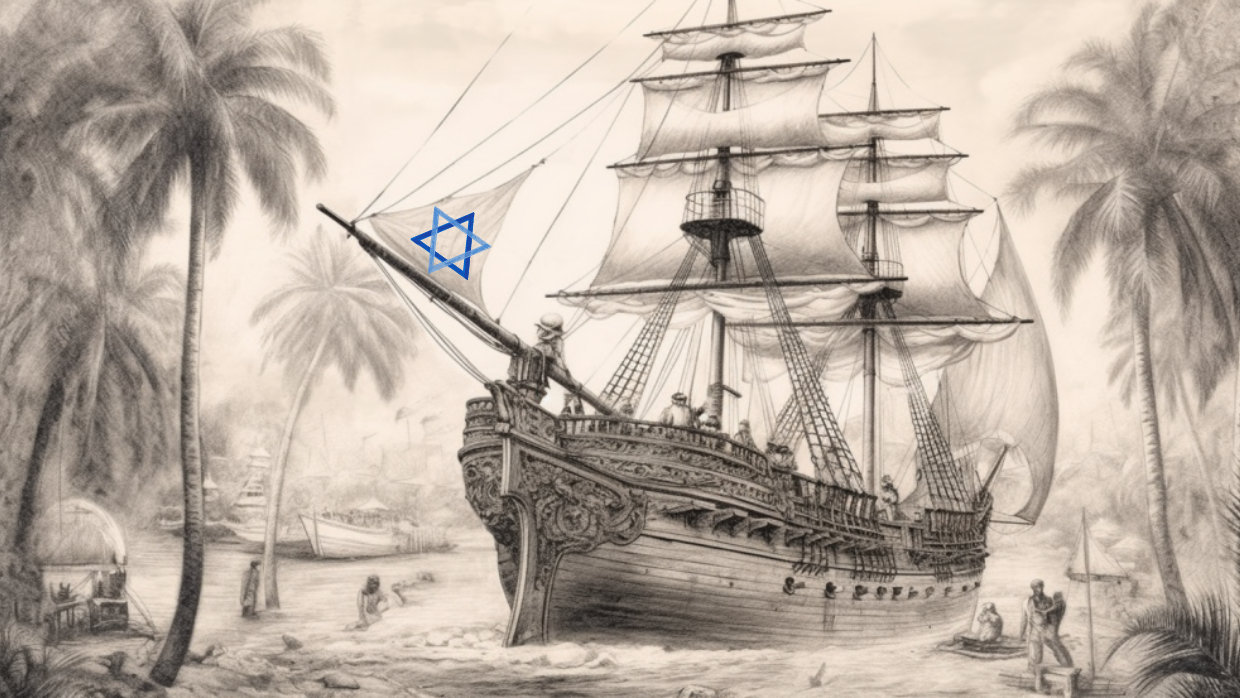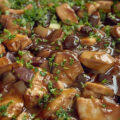The Jewish Pirates of the Caribbean are not a swashbuckler film series or a popular theme park attraction.
No, these Jewish Pirates of the Caribbean were real privateers and adventurers in the 16th and 17th century seeking religious freedom, safety, and protection for their fellow Jews, along with their loot.
During this harrowing time, the centuries-long Spanish Inquisition had expelled, tortured to death, or scared into submission all Jews within their considerable kingdom.
Given the significant financial successes and contributions of the Jews in pre-Inquisition Spain, stealing their worldly possessions was a prolific, albeit morally deplorable, move for the royal treasury.
What the Spanish Crown did not account for– revenge.
For those Jews who did not want to live the double lives of the Anusim, the Jews forced under threat of death to convert to Christianity, found their way into any nation that would tolerate them.
The Dutch were one of the most forward thinking, religiously accepting at this time. The Dutch Calvinists did not hold Inquisitorial beliefs, and therefore many Sephardi Jews from Spain and Portugal poured into their temporary haven– and the Caribbean Islands and New World land they controlled at the time. This great exodus and the tribulations of the era were gloriously outlined by the late historian Edward Kritzler in his historical collection “Jewish Pirates of the Caribbean”.
Kritzler explained that for generations Jews in Europe and the Middle East functioned as the merchant class. And so, while Jews were often barred from the slave trade market (it was seen as too lucrative to share with Jews) they became key partners in sugar and other highly sought after agricultural trade throughout the Islands. Beyond the watchful Inquisitor's eye, many Jews were able to rebuild their nearly lost wealth and hidden faith.
As if building up trade routes for a competing world leader and freely “judaizing” wasn’t enough, there were a handful of Jewish pirates seeking more than riches and glory.
Before Blackbeard and Captain Morgan took their swashbuckling ways to the high seas, there were jews like privateer (an authorized pirate commissioned by the Dutch) Moses Cohen Henriques, who exacted some of the greatest acts of revenge on Spanish fleets–plundering the modern equivalent of over $1 billion from Spanish treasure fleets off the coast of Cuba.
The dazzling capture occurred in 1628– without any bloodshed on either side. In addition to helping orchestrate the Dutch’s greatest heist in the Caribbean, Moses Cohen Henriques was a man and pirate known for his great intellect, humane treatment of those he captured and released to safety, and his later friendship with and role as advisor to renowned Captain Henry Morgan.
While Jewish pirates of the Caribbean make for the most dazzling and startling history, there were many Jews on the ground throughout the Caribbean islands, trying to live in freedom and make a living.
How did these Jews live– and just as importantly, what did they eat?
For a time, the Jews helped the Dutch claim and control Brazil. Once Portugal reclaimed Brazil, they brought the Inquisition to the New World. Many of the Jews living in Brazil fled to Curacao and used their sugar cultivating expertise to fast track the small Dutch island into another successful sugar-producing colony.
Tutu, a black-eyed peas cornmeal mush, is similar to a Brazilian dish by the same name. The Brazilian dish uses black beans and cassava meal; however, Jewish Spanish refugees brought black eyed peas to the New World. The Jews used their black eyed peas and the cornmeal found in the New World to create their version of Tutu. This dish was brought to the islands by Jewish settlers to Curacao. Although few Jews remain, the legacy of this dish remains strong in local island cuisine.
Dutch Curacao and St. Thomas of the U.S. Virgin Islands both still have original sephardi shuls built by Inquisition-fleeing Jewish refugees to the islands. Curacao still has a small population of Jews who practice in the synagogue. St. Thomas’ original sephardi Jewry almost entirely immigrated to Panama during the building of the Panama Canal. Learn more about the burgeoning Jewish community of Panama here.
